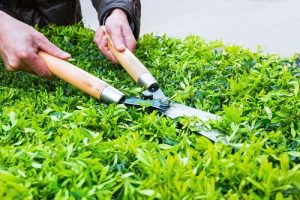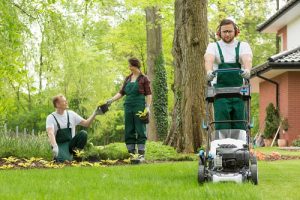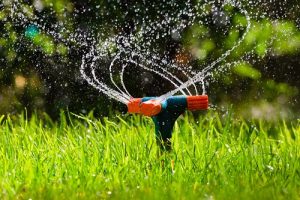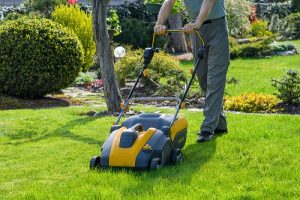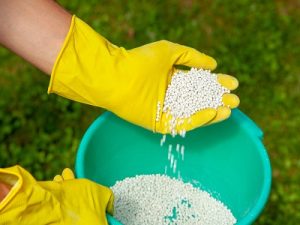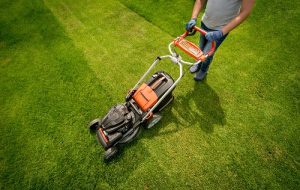 Don’t neglect spring lawn care because if you do, you will pay for it for the rest of the year. Fortunately, there are things you can do to keep your lawn in good shape.
Don’t neglect spring lawn care because if you do, you will pay for it for the rest of the year. Fortunately, there are things you can do to keep your lawn in good shape.
Lawn Care Tips For Spring
Raking
The first tip for lawn care in Myrtle Beach is that you need to do during spring, is raking. Rake deeply when you rake leaves during the fall to avoid thatching.
Checking For Compaction
Your lawn may start to show signs of decline in case it is exposed to high levels of traffic annually. During this time, the lawn is most likely dealing with compacted soil. You can address this but successful eradication starts with recognizing that moss must not be treated like it is just another weed.
Liming
Aside from compaction, having moss plants implies acidity. However, grass loves a neutral pH. You could fix this issue by liming the soil. However, do not expect an instant solution; the effects of liming are very slow to happen.
Overseeding
If your lawn is filled with bare patches because of dog spots, neglect, or heavy traffic, you may want to consider applying grass seed to fill in all those bare patches. This is referred to as overseeding lawns. What you need to do is apply a slow-release nitrogen fertilizer once you overseed. About five weeks following the grass germination, you should put in quick-release nitrogen fertilizer.
But spring is not the perfect time for overseeding your lawns. Fall is the recommended time so the new grass will not have to compete with the crabgrass, which is eliminated by the autumn frost. So you should most likely postpone the overseeding until the fall season
Fertilizing
Lawns could be fertilized organically by making use of compost and then mulching the mowers. However, for those who would rather use chemical fertilizers, you can always follow a schedule. Experts at Conner’s Lawn Care Service recommend lighter feeding during spring and heavier feeding in late fall, particularly for lawn grass types that are referred to as cool season grasses.
Applying Preemergent Herbicides
If you know very well that you’ve got issues with annual weeds, and crabgrass, then spring fertilization must go together with adding preemergent herbicides. They deal with weed control even before their seedlings emerge. They form a shield that prevents seed germination. Don’t take on core aeration after putting in the preemergent herbicides, because if you do, you will only decrease its efficiency.
Applying Postemergence Herbicides
Check for perennial weed growth. If you would rather have organic weed control, you always have the option to pull them out.
Tuning Up Existing Lawn Mowers
Lawn mowing all throughout the summer could be a tiring lawn care Myrtle Beach task. You don’t have to make it harder for yourself by using a lawn mower that does not start up right away. If your lawn mower is stubborn when it comes to starting up, that could be an indication that it requires a tuneup. Even though you can get by without tuning it up, we still suggest that you have the mower tuned up every year.
Buying A New Lawn Mower
Or maybe you are fed up with your old lawn mower and you are thinking of making a change. Do your research and find out what type is most suitable for your own unique lawn maintenance needs.
Call Conner’s Lawn Care Service for professional lawn care services if you wish to make sure your lawn is in perfect shape for spring and the rest of the year.
Like our Facebook page for more great info about lawn care services.
Conner’s Lawn Care Service
Myrtle Beach, SC
843-504-4901
http://connerslawncare.com/
